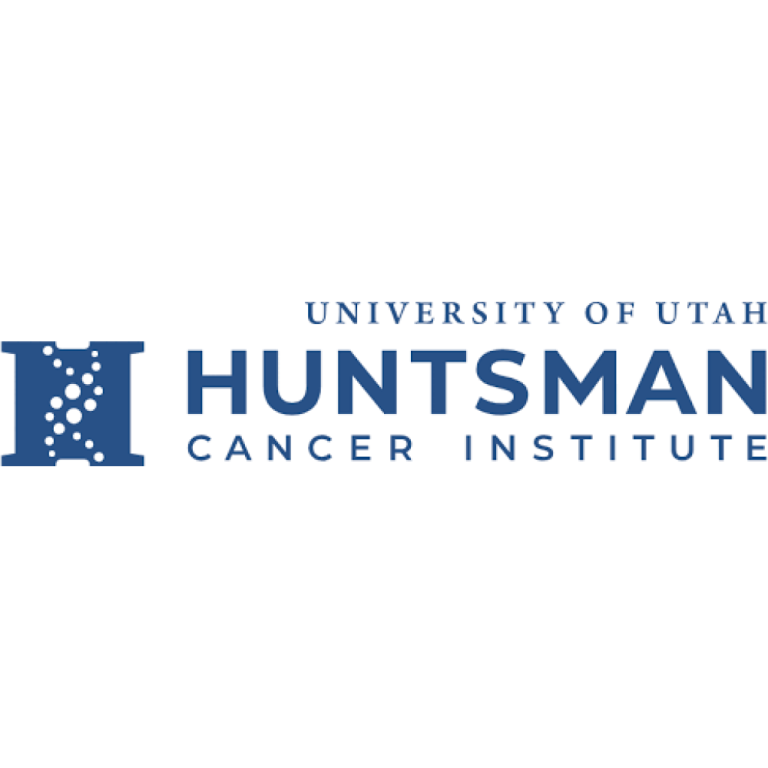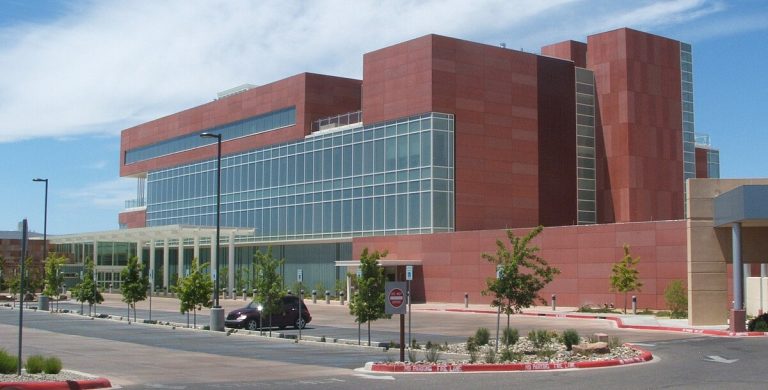Pacific Health Research & Education Institute became successor-in-interest to Pacific Health Research Institute
In 2010, the Pacific Health Research & Education Institute (PHREI) became the successor-in-interest to Pacific Health Research Institute….




























